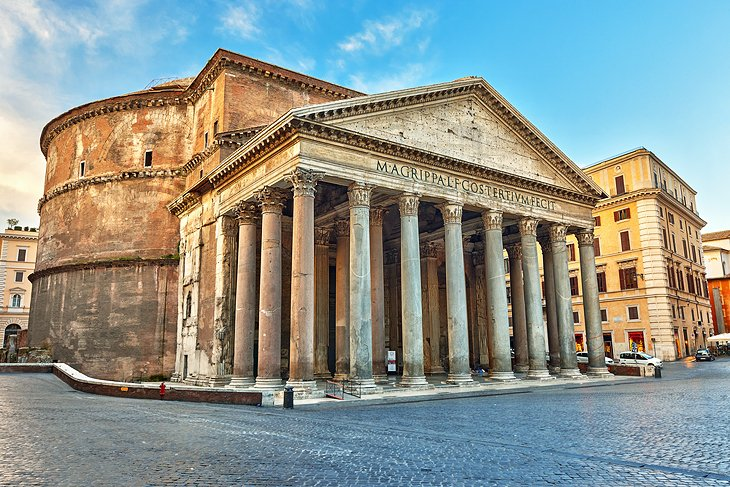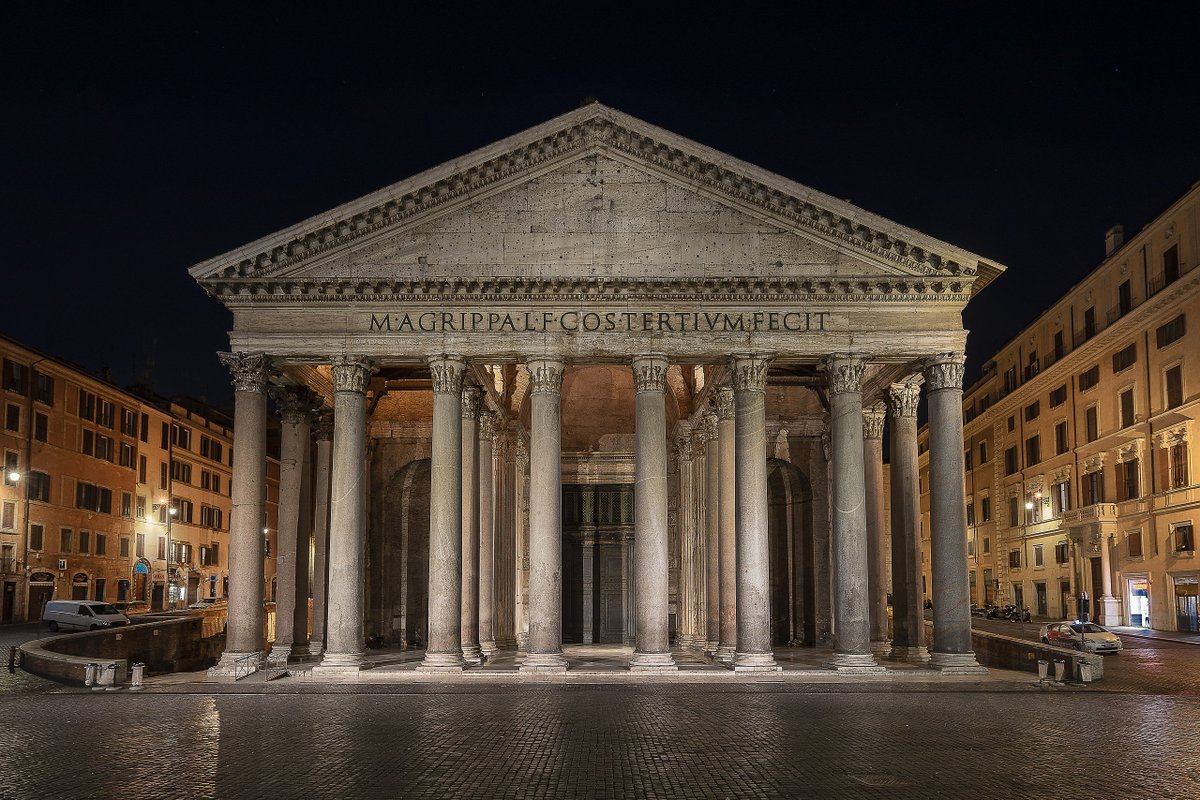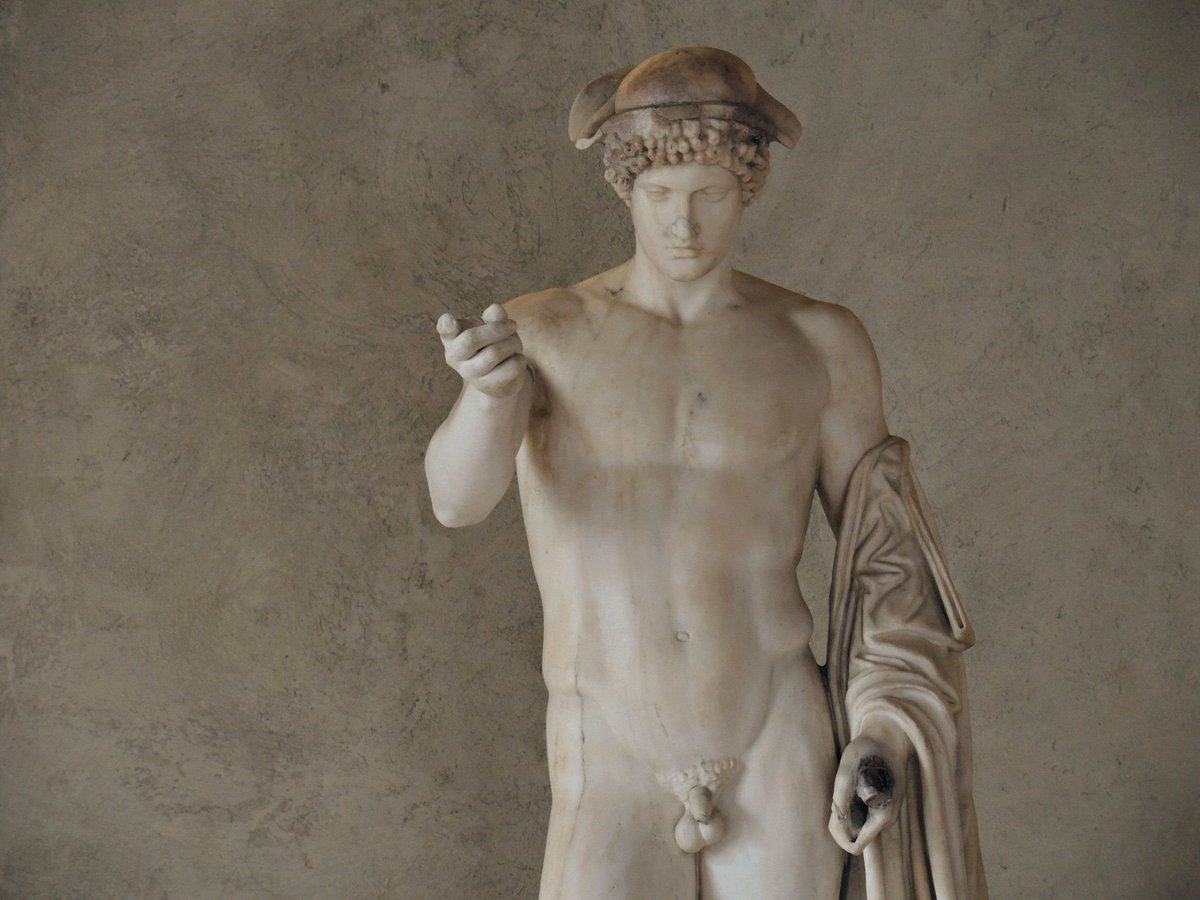
#RomanSiteSaturday - The Temple of Augustus 🏛️
(1/6) The stunning Temple of Augustus is situated in the city of Pula in #Croatia, and stands as one of the best preserved Greco-Roman temples outside of Italy.
#Classics #ClassicsTwitter #Roman #History #Archaeology

(1/6) The stunning Temple of Augustus is situated in the city of Pula in #Croatia, and stands as one of the best preserved Greco-Roman temples outside of Italy.
#Classics #ClassicsTwitter #Roman #History #Archaeology
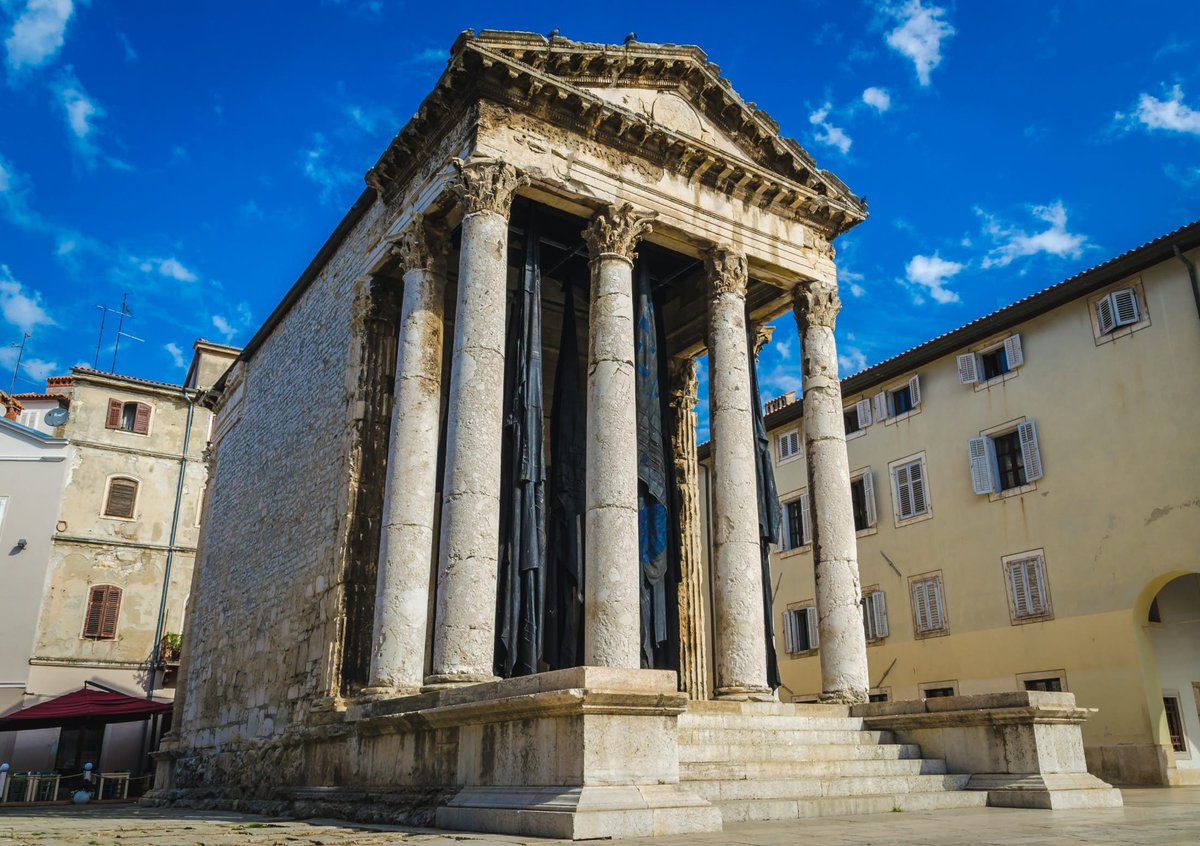
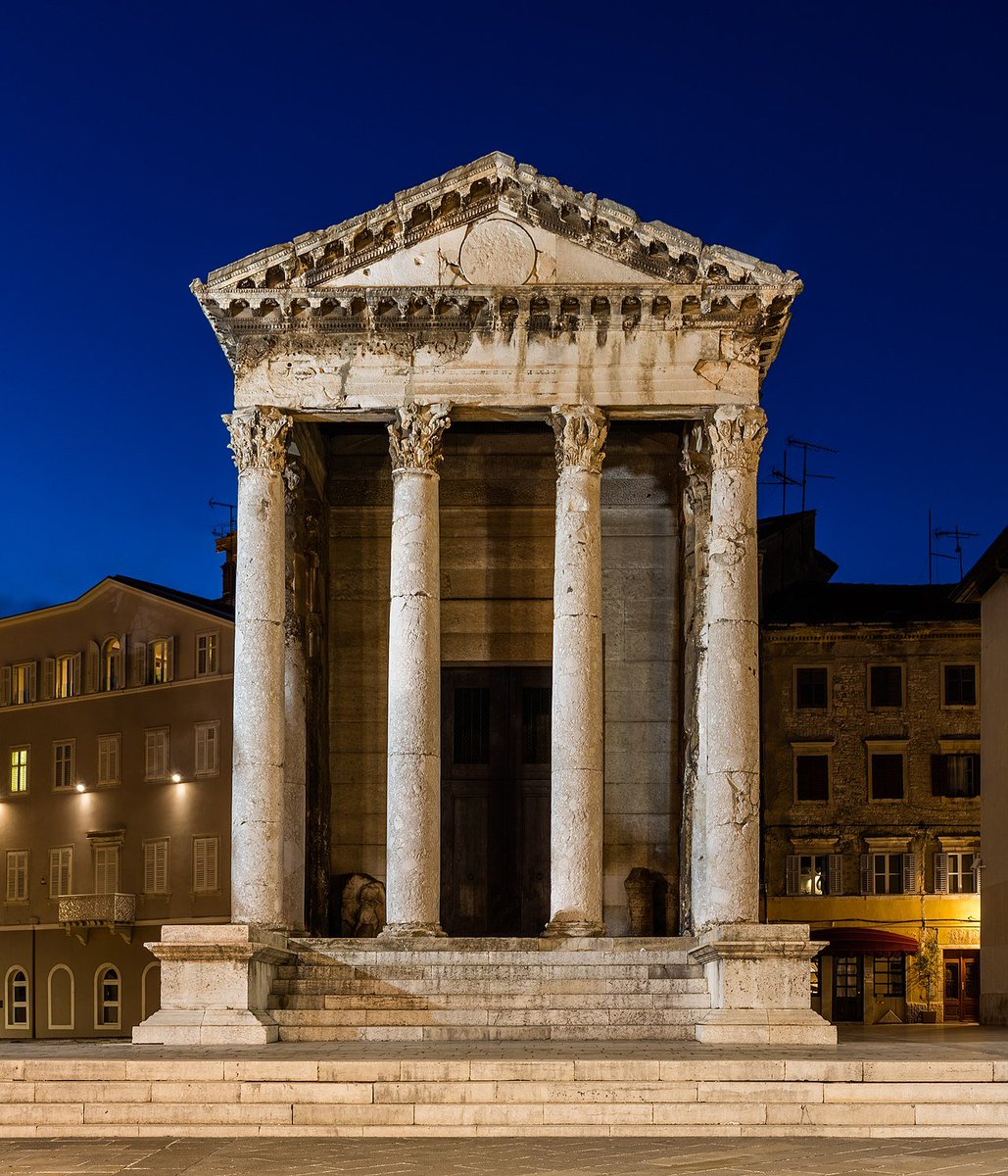
(2/6) Built between 27 BCE - 14 CE, it was dedicated to the Emperor Augustus during his lifetime. Part of a collection of three temples, the Temple of Augustus sat to the left of two now destroyed temples, one of which was dedicated to the goddess Diana. 

(3/6) The dedicatory inscription, originally in bronze lettering, read:
ROMAE · ET · AVGVSTO · CAESARI · DIVI · F · PATRI · PATRIAE
"In honour of Rome and Augustus Caesar, son of the deified [Julius], father of his country."
ROMAE · ET · AVGVSTO · CAESARI · DIVI · F · PATRI · PATRIAE
"In honour of Rome and Augustus Caesar, son of the deified [Julius], father of his country."

(4/6) Stylistically, the temple features a prostyle porch of Corinthian columns, as well as a richly decorated frieze. Sat atop a podium, the temple stands at 14m in height and 8m in width, with a length of around 17m. 

(5/6) Still in use by the 4th century CE, the temple was subject to persecution and eventual closure under the Christian Emperor Theodosius. Under Byzantine rule, it was converted into a church and remained as such into the 20th century. 



(6/6) Lamentably, the temple was struck by an Allied bomb in 1944 and destroyed. It was reconstructed between 1945 - 1947 however, and now serves as a local museum to display items of Roman sculpture. 

@threadreaderapp unroll please!
• • •
Missing some Tweet in this thread? You can try to
force a refresh







